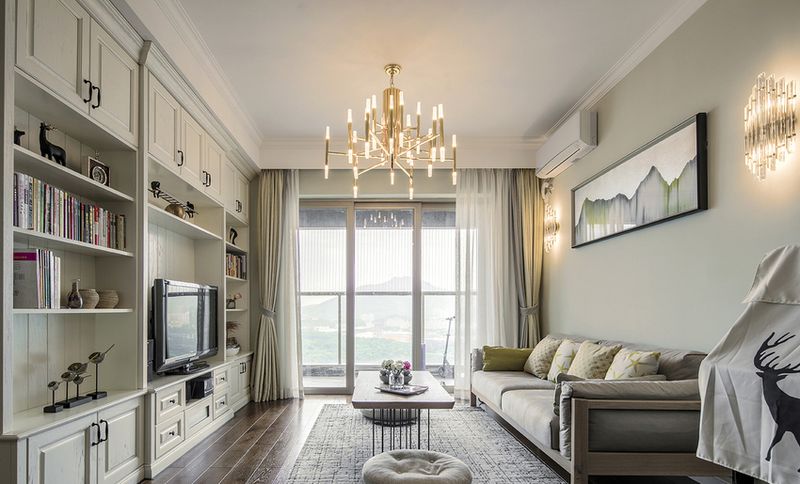
What is powder coating? Powder coating is actually a unique type of adhesive that's often used in conjunction with other painting techniques. Unlike traditional liquid paints which are delivered through an evaporating solvent via a pressurized nozzles, powder coatings are usually applied electrically and cured under pressure or by ultra violet light. This dry application process results in an easy application time and exceptional durability, and powder coatings are often referred to as a "passive" finish because they're less susceptible to scratches and smudges.
Why might you use powder coating? One reason to use powder coatings is for vehicles that must withstand the harsh environments found in off-road conditions. Many of today's popular cars, boats and other vehicles are manufactured with aluminum wheels and axles. Because these wheels and axles are so sturdy, they're often subjected to many harsh weather conditions, including salt spray, high-heat abrasions and corrosion. To keep their surfaces looking clean and new, many vehicle owners and custom automotive paint companies coat them with a specialized acrylic paint that resists corrosion and has excellent water resistance properties. However, these durable components can quickly become scratched or damaged if they're subjected to regular friction damage or excessive heat.
An option to protecting these metal parts is to apply a protective coating over them using powder coating. The resulting product is a highly resistant metal that's nearly immune to rusting. In fact, most alloys used in modern automobiles are either coated with some form of zinc or copper oxide. Zinc is commonly used because it's a neutral base metal that's completely inert in most chemical reactions. Copper oxide, on the other hand, is extremely reactive with most acids and produces very fast-moving flakes when it comes into contact with its metallic surroundings. By using a specially formulated zinc powder coating, manufacturers can protect their metals from damaging elements without having to worry about rusting or chipping.
Proper care of the metal usually means using a primer before applying the powder coating. This will help to ensure that the surface has a natural shine instead of a dull gray finish. Primer should also be used on bare metal parts such as the fenders and hood. It's important to prime the metal before painting as any scratches or minor abrasions that may appear during the painting process will show up as streaks when the vehicle is viewed with the naked eye. In addition, a primer will help protect the paint from developing any flaking or pitting that may occur over the long term.
Powder-coated vehicles have the advantage of better durability overall than their metal counterparts. Although metals have a natural tendency to rust at certain temperatures, they can suffer from premature rusting due to exposure to the sun, air and water. These elements have been known to accelerate rusting processes in metals. With the powder coating, however, these elements are prevented from doing damage. As a result, the metal parts will last longer and require less maintenance to keep them looking like new.
The application process is much simpler than it used to be. Instead of waiting for a spray gun to apply the finish, it can now be done manually. That means the operator only needs to hold the canister that contains the powder until the desired results are achieved. They simply apply the powder to the surface, let it dry and then wipe it away using a cloth. This can all be done in a matter of minutes rather than hours, as it used to be the case with other types of powder coatings.
Another advantage of powder coated wheels is that they can resist dents and dings that often happen to metal wheels over time. The paint will flake off at different rates depending on the weight of the vehicle. In addition, metal can become blunt through minor impacts and road debris can cause dents and dings. However, when these factors are prevented, the vehicle's performance will improve and it will last longer. Also, because the coating is thicker, there is a lower chance of it coming off during an accident or other impact.
There are some disadvantages to powder-coated wheels as well. Some manufacturers have found that the coating does not bond as well with certain types of metals, which can lead to rusting. In addition, the metal surface can take on a rough texture over time if the powder coat has not been applied properly. It is important, therefore, to follow the directions on the container for the proper powder coat thickness and application method. Powder-coated wheels are a great way to protect the investment in metal, but they may not be right for every situation.

Leave a Reply